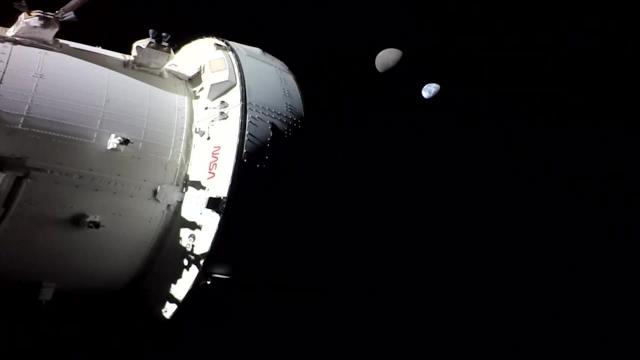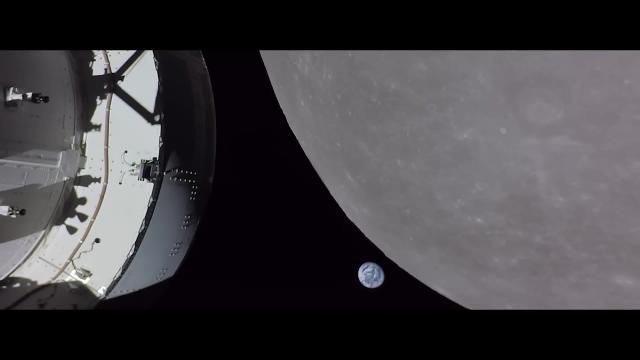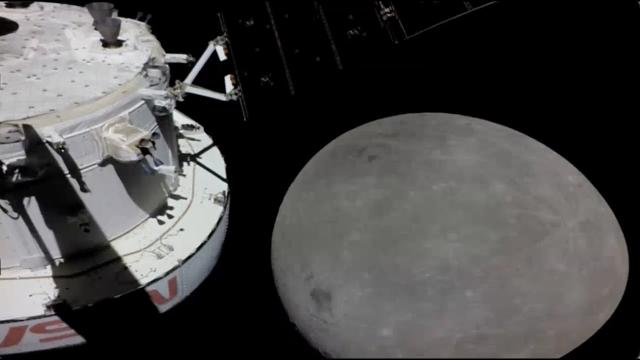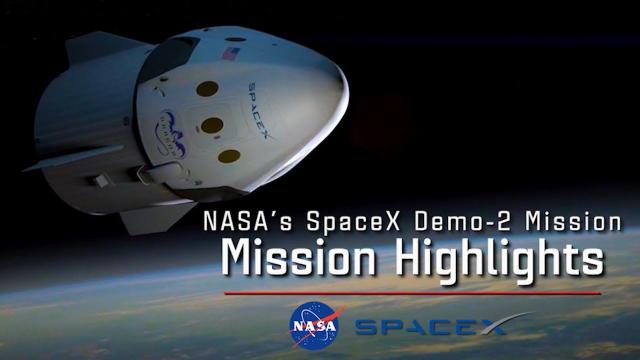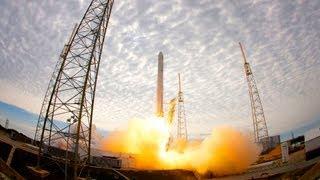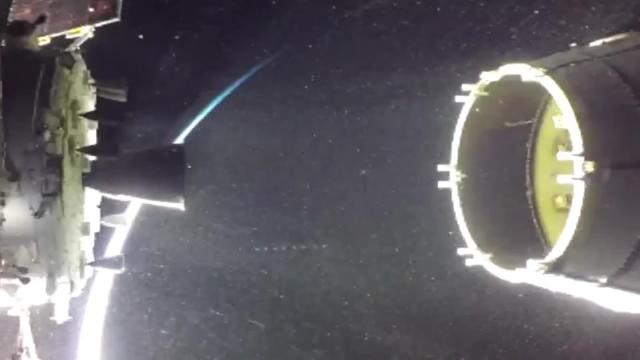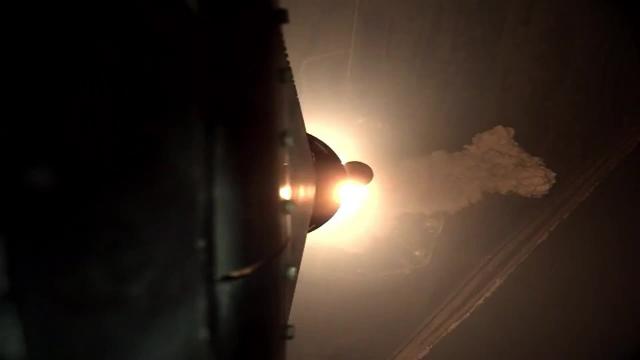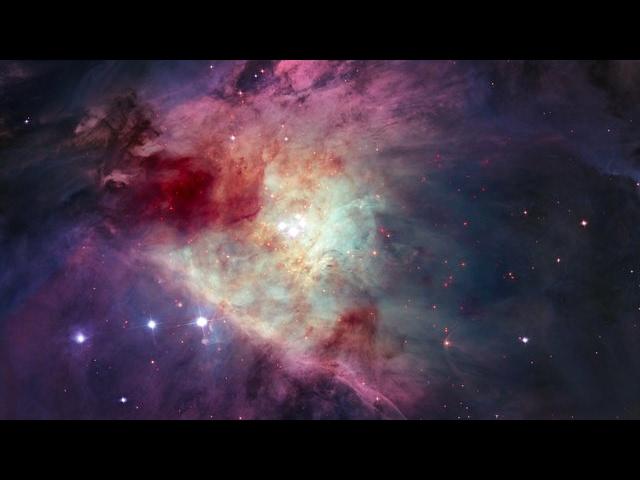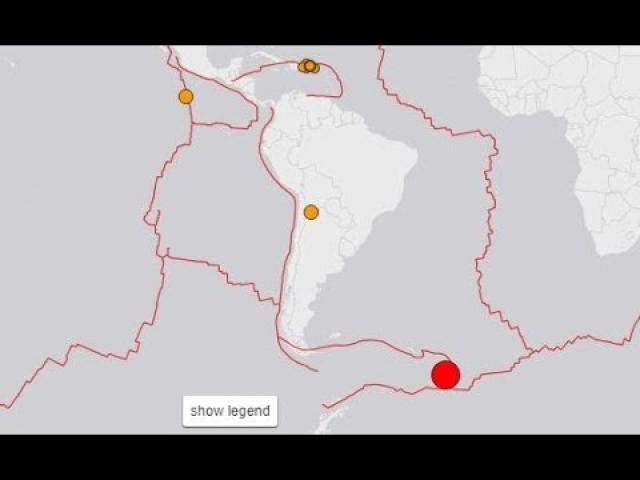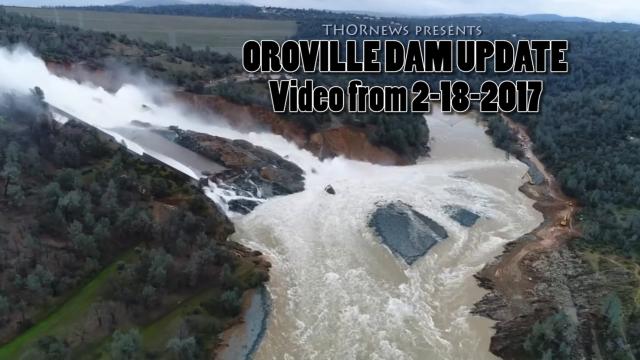Artemis I Mission Highlights
Description
From launch to splashdown, NASA’s Orion spacecraft completed its first deep-space mission with a splashdown in the Pacific Ocean, west of Baja California, at 9:40 a.m. PST (12:40 p.m. EST) Sunday. The record-breaking Artemis mission traveled more than 1.4 million miles on a path around the Moon and returned safely to Earth. Splashdown was the final milestone of the Artemis I mission, which began with a successful liftoff of NASA’s Space Launch System (SLS) rocket Nov. 16, from Launch Pad 39B at NASA’s Kennedy Space Center in Florida. Over the course of 25.5 days, NASA tested Orion in the harsh environment of deep space before flying astronauts on Artemis II. During the mission, Orion performed two lunar flybys, coming within 80 miles of the lunar surface. At its farthest distance during the mission, Orion traveled nearly 270,000 miles from our home planet, more than 1,000 times farther than where the International Space Station orbits Earth, to intentionally stress systems before flying crew. Prior to entering the Earth’s atmosphere, the crew module separated from its service module, which is the spacecraft’s propulsive powerhouse provided by ESA (European Space Agency). During re-entry, Orion endured temperatures of about 5,000 degrees Fahrenheit, half as hot as the surface of the Sun. Within about 20 minutes, Orion slowed from nearly 25,000 mph to about 20 mph for its parachute-assisted splashdown. During the flight test, Orion stayed in space longer than any spacecraft designed for astronauts without docking to a space station. While in a distant lunar orbit, Orion surpassed the record for distance traveled by a spacecraft designed to carry humans, previously set during Apollo 13.
Select music courtesy of Gothic Storm Publishing

